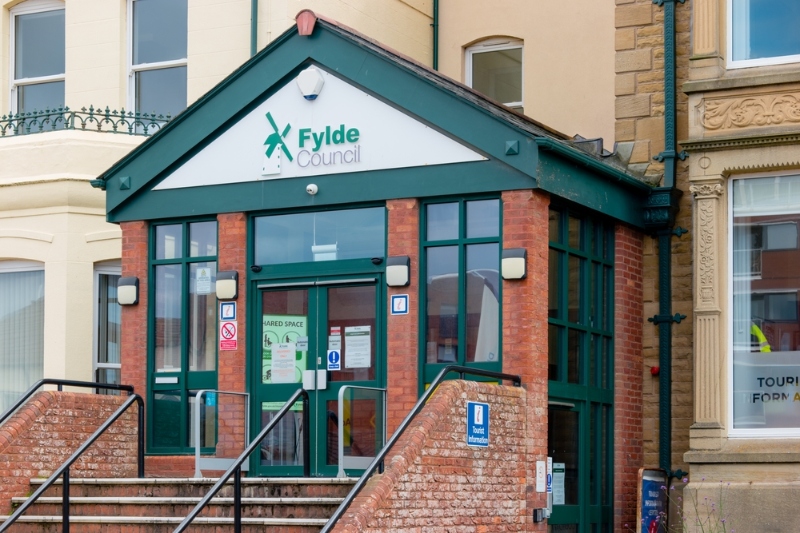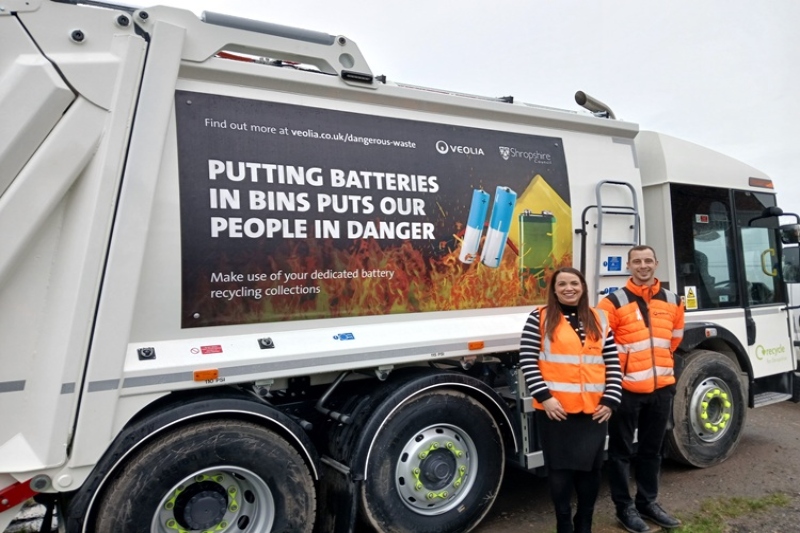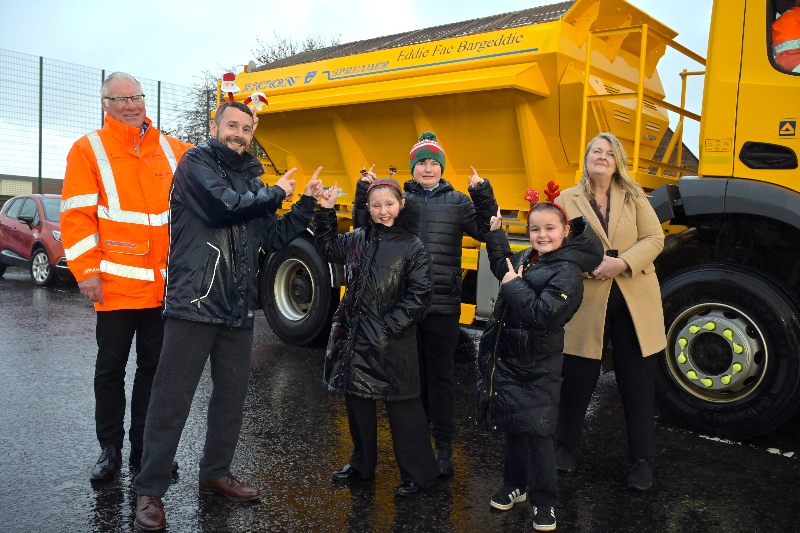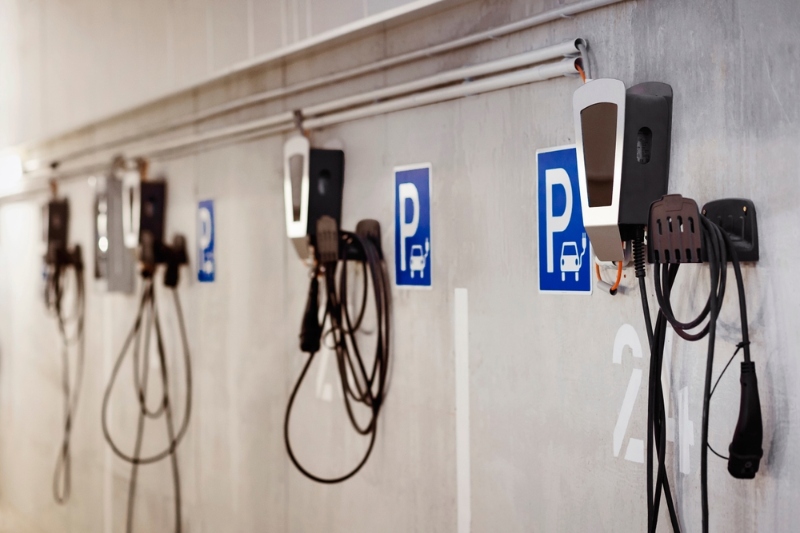Hampshire Fire and rescue service has launched a new road safety project that will nudge drivers into safer behaviour. Councils and contractors alike have started using this low cost solution on their own fleets, reports LAPV.
Everyone involved in the public sector knows the severe cost pressure local authorities and their contractors are under. But one hidden cost factor is the impact of road closures and accidents.
Compassion for those affected by a fatal or serious collision is the reaction of most people but few think about the severity of the economic impact. The government estimates that (based on 2014 prices) each fatal crash costs more than £1.8 million and a serious accident £206,000 to the emergency services and the NHS and loss of income and tax revenue.
In addition, the cost of traffic jams, road closures and delayed or abandoned journeys for those caught up behind the collision is equally striking. In 2011, the government estimated that lost hours caused by motorway closures cost the economy over £1 billion. And the RAC estimates that having vehicles off the road costs small businesses in the region of £500 a day.
However, the scale of the problem hit home to retail brand marketer Phil Palfrey as he watched the steady flights of the air ambulance coming into Southampton General Hospital over three months, while he sat with his daughter who was recovering from a serious illness.
'As a retailer, I was very aware of the cost at the tills on a day the roads stop flowing near any store ' so knew there was a clear profit protection motivation for business.
'Retail brand marketing is all about teaching us new habits, shown by the way we have embraced mobile smart phone technology and the nation's new love of on-the-go coffee. I was sure the same techniques could be used to shift group behaviours and social norms around driving habits.'
The result of Phil's deliberations ' Project Pictogram ' was launched to the business community at the National Motor Museum in Beaulieu on 11 March.
The initiative invites UK fleets and organisations to use a voluntary industry standard set of vehicle stickers to communicate the dangers of the major behavioural problems that lead to accidents: inappropriate speed, using a mobile phone while driving, not wearing a seatbelt, drink/drug driving and not maintaining a safe braking distance.
The stickers are clearly visible on every journey and pass on these key risk-reduction messages where they are most relevant ' on the road. The initiative is community and business-led, with technical endorsement on the messaging from road safety organisations including the DfT's Think! campaign, Road Safety GB, RoSPA, IAM, Chief Fire Officers' Association and the Association of British Insurers.
One of the first companies to join Project Pictogram is waste recycling and skip hire company, Ace Liftaway, which operates a fleet of 43 vehicles. Their managing director Philip Liddell said: 'In addition to the obvious safety benefits, Project Pictogram also recognises the importance of profit protection through freer flowing roads to businesses like ours. Many of the collisions which delay road users on a daily basis are completely avoidable. The financial cost to business is enormous, be it indirectly through lost hours caused by delayed arrivals at work, or directly through delayed collections and deliveries in our type of business.'
Hampshire County Council, Kirklees Council, Portsmouth and Southampton City Councils have also become pioneers, adding the stickers to their own fleets. The three councils' road safety teams worked closely with Hampshire Fire & Rescue and Hampshire & Thames Valley Police on the development of the scheme.
Councillor Sean Woodward, of Hampshire County Council, said: 'We'll be leading by example by making sure the council's 1,000 vehicles display the pictograms, which are clear reminders of the main risks to keeping Hampshire's roads safe for everyone. I am encouraging the business community to join in and display the pictograms on their own vehicles.'
Those businesses are responding. As well as the three local authorities and the emergency services across Hampshire, Project Pictogram has also been joined by organisations as diverse as infrastructure consultants Colas, waste and haulage company T J Transport and Radian Housing. In the private sphere, fleets from Homebase, Argos, Lucketts Coaches, Green Flag, Rawlings Transport, Micheldever Protyre and Adams Morey are taking part.
One of the major differences between Project Pictogram and other road safety schemes is its low-cost, long-term nature. Once stickers have been applied, they will typically last five to seven years before the vehicle is removed from service. Creator Phil Palfrey explains that this is very much a 'brand awareness' initiative.
'The pictograms aren't intended to have an immediate cause-and-effect reaction in the way a reflective chevron or flashing light might; they operate over a longer time frame to encourage behaviour change in the way social norms around seat-belt wearing and drink driving have changed within our lifetime.'
Honor Byford, chair of Road Safety GB, echoes that logic: 'Fifteen years ago, habitual checking of social media on smart phones, the 'selfie', and on-the-go coffee retailing at every opportunity didn't exist as potential driver distractions. But they have become socially normalised habits over time. Project Pictogram simply aims to provide timely-reminder nudges around these easy-to-change driver behavioural habits that it is so easy to slip into.'
Brand awareness alone does not change behaviour and the guidelines provide more detailed messaging which can be integrated into businesses' internal communications and travel plans, improving their employee engagement, health and safety performance and CSR reputation.
Ace Liftaway certainly sees things that way. Transport Manager, Gordon Harrison says: 'We invest heavily in driver training and continuous professional development, as well as vehicle safety technology. We also run our own Driver Apprenticeship Scheme which allows us to train drivers to our own high standards. The Pictogram stickers are a daily reminder to our own drivers of the standards we expect, and also help get these key safety messages more visible amongst the wider driving community.'
Luke Haskell from TJ Transport of Hampshire agrees: 'We are integrating Project Pictogram into training programmes for our 210 employees. We work mainly for the construction industry, where informal toolbox talks are a popular and effective way to communicate key safety messages, so we will certainly be running toolbox talks on Project Pictogram.'
Local authorities already have numerous motoring-related conversations with the public ' residents' parking permits, parking charges, car park tickets and exit signs, information about civic recycling sites ' all of which can bear the imprint of the five pictograms in either colour of black and white, reinforcing the safety message at virtually no extra charge. And school and college coach transport fleets are also well placed to deliver the messages to society's highest risk driver and passenger group 15-24-year-olds.
Councils also run leisure and tourism venues which stimulate thousands of car journeys. Thruxton and Goodwood Motorsport venues, The National Motor Museum, Haynes Motor Museum and The British Motor Museum are already behind Project Pictogram because they know the seasonal flow of visitors is affected by collisions, diversions and road closures. Visitor attractions can undertake a no-cost change by adding pictograms to Find Us maps on leaflets, tickets and websites.
Project Pictogram is a world away from the finger-wagging, nanny state perception that people have of traditional road safety campaigns. Phil Palfrey says: 'This is all about peer-to-peer, community involvement. Professional drivers often invite feedback, such as How's-my-Driving? schemes, to maintain their standards. The pictogram stickers mirror that question back to all of us in a non-judgemental way and encourage us all to think about our own driver habits in these key risk areas and how we can improve.'
Vitally, no one organisation owns the initiative. Participants can brand the Pictograms in a flexible way which best suits their own requirements and add their own road safety message above or below the pictograms if desired. The project website is currently hosted by Hampshire Fire and Rescue Services and everyone is free to adopt the initiative under guidelines which are available from www.hantsfire.gov.uk/project-pictogram along with free artwork files for all pictograms.







